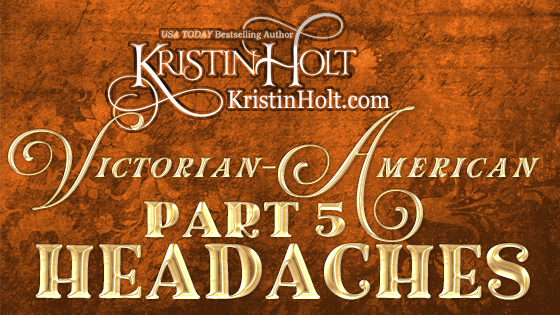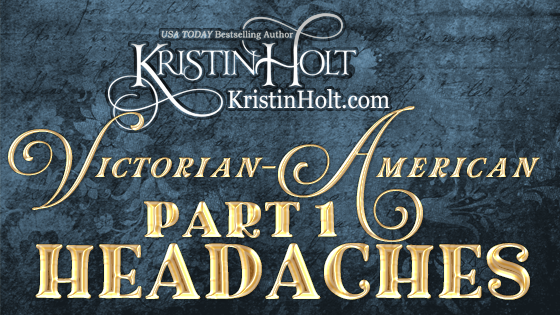
by Kristin Holt | May 31, 2022 | Articles
Dandelions were so much more than weeds to our Victorian ancestors. Not only were the tender plants sought for springtime vegetables and salads, but for tea, coffee, wine, beer, and prominent medicinal value. 19th century cook books and newspapers share the Victorian-American viewpoint on the value of dandelions from blossom to root. Recipes for edibles and curatives, advertisements, and more!

by Kristin Holt | Oct 23, 2019 | Articles
A vintage newspaper (Chicago Tribune, January 1901) sheds light on the dangers of headache powders but also their overwhelming redemptive value. The ‘doctor’ shares formulary details along with ‘life rules’ to prevent headaches (such as remaining sober). After all, Victorian-Americans “self-poisoned”, thus precipitating their headaches.
This piece is number five in a series of eleven articles: Victorian-American Headaches.

by Kristin Holt | Oct 16, 2019 | Articles
Part 4 of an 11-part series: Victorian-American Headaches. Explore five decades’ worth of advertisements for various headache remedies. Powders, capsules, tablets, beverages, and pills. Apparently remedies were gaining traction and becoming popular–though none of them contained a 19th-century chemistry breakthrough–Aspirin.

by Kristin Holt | Aug 30, 2019 | Articles
Victorian-Americans had several ideas about the common trouble of headaches– what caused the malady, what might help once a headache became entrenched, and perhaps why women suffer headaches differently than men.
Because I suffer from severe chronic headaches, I’ve often wondered what our Victorian-American ancestors did when they suffered a headache (migraine, tension headaches, etc.). What was science’s answer in the late nineteenth century? With so much primary historical information to share, I’ve prepared an eleven-part blog article series covering this fascinating subject.
This is Part 1: Why I write about headaches in in the Victorian Era United States and why hats may be to blame.

by Kristin Holt | Jul 11, 2017 | Articles
We know original Coca-Cola (debuted 1886) did have cocaine in it–and not “a trivial amount”. The product began as a replacement for coca wine (just what it sounds like), when temperance laws outlaws alcohol, and Pemberton needed a replacement vector for his coca leaves. Looking back at vintage sources, it’s easy to see when cocaine was removed from Coca-Cola, and how the owners ensured their not-yet-trademarked product remained protected. Numerous credible scientists analyzed the syrup (from various retail locations), swearing to Coca-Cola’s freedom from cocaine, but the attacks didn’t stop overnight. Decades later, Coca-Cola maintained its status as a substance-free “refreshing drink”, a 180° switch from its Patent Medicine beginning.













